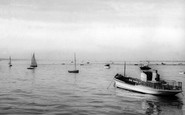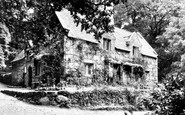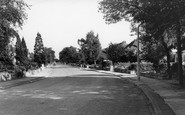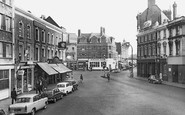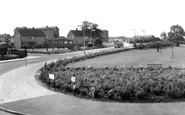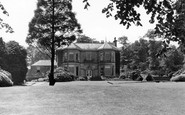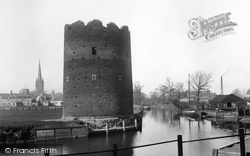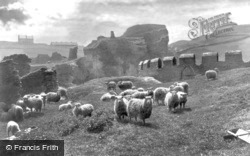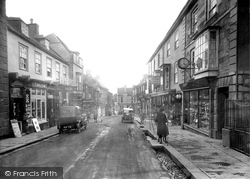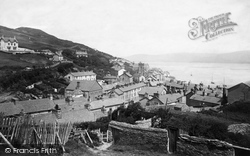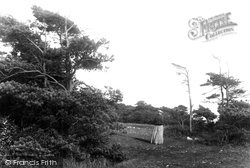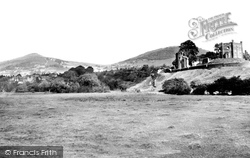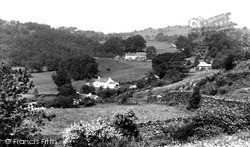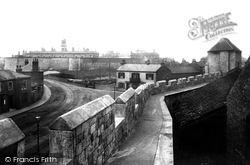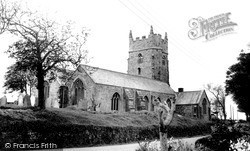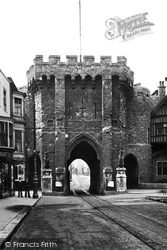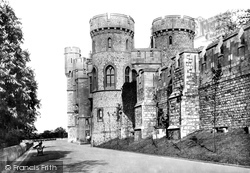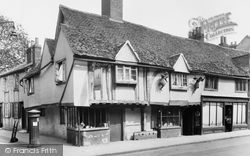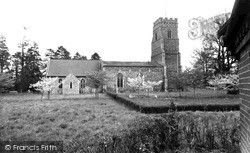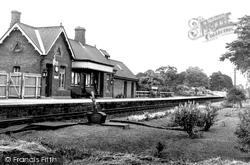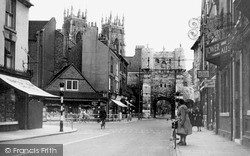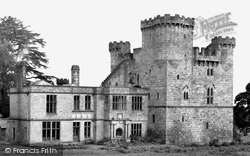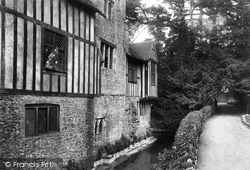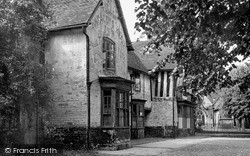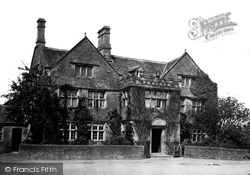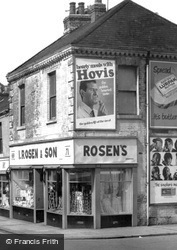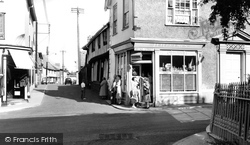Places
25 places found.
Those places high-lighted have photos. All locations may have maps, books and memories.
- East Wall, Republic of Ireland
- Pell Wall, Shropshire
- Wall, Northumberland
- Heddon-on-the-Wall, Northumberland
- Walls, Shetland Islands
- Wall, Cornwall
- Wall, Staffordshire
- East Wall, Shropshire
- Wall End, Kent
- Hobbs Wall, Avon
- Wall Bank, Shropshire
- Wall Nook, Durham
- Knowl Wall, Staffordshire
- Hazelton Walls, Fife
- Wall Mead, Avon
- Mid Walls, Shetland Islands
- Greetland Wall Nook, Yorkshire
- Aston le Walls, Northamptonshire
- Wall Heath, West Midlands
- Wall Hill, Greater Manchester
- Wall End, Cumbria (near Millom)
- Wall under Heywood, Shropshire
- Dale of Walls, Shetland Islands
- Bridge of Walls, Shetland Islands
- Hole-in-the Wall, Hereford & Worcester
Photos
516 photos found. Showing results 621 to 516.
Maps
172 maps found.
Books
Sorry, no books were found that related to your search.
Memories
1,989 memories found. Showing results 311 to 320.
Southchurch Hall High School For Boys
We moved to Sandringham road in the early 60's I went to Southchurch Hall HS for boys. I remember the technical drawing class room was a portacabin to the left of the main gates, the woodwork classroom was at ...Read more
A memory of Southend-on-Sea by
1941 Kirkstall Forge Air Raids
The Armstrong family moved to Horsforth from Armley in 1938. I was only 1yr old so cannot remember the move. Mum and Dad bought a house at no 15 Charles Street. My earliest memories must have been in March 1941, the ...Read more
A memory of Horsforth by
The Bringing Of Buckland Lower Lodge Into The 20th Century.
I am Jeannette McNicol (nee Elliott). My brother John and I moved there with my parents ,when I was 13 years old and he was 12. I had found the house when we were having a picnic ...Read more
A memory of Buckland in the Moor by
The Winter Of 1963 4 When Petts Wood Was Cut Off By Floods
I lived in Town Court Crescent with my parents, Norman and 'Babs' Treliving, from 1957 until 1974. The house was one of many designed by the architect Basil Scruby, whose name was carved in ...Read more
A memory of Petts Wood by
Childhood In Fulham.
I grew up living in Kingwood Road in the flats, firstly the last block 25a then when I was 5yrs to the first block 1f,which hold most of my memories. We would as kids in the street roller skate,play hopscotch,stretch our skipping ...Read more
A memory of Fulham by
Matthew Wilson
I was born in Motherwell and moved to Inzievar Terrace in 1940 Dad was away in the navy so mum and I lived with my Grandparents Francis and Margaret McKendrick I remember the steps I used to go up with my Aunt Margaret to get to Tollcross ...Read more
A memory of Carmyle by
I Was Nearly Killed Here!
Greetings from Canada! O how this picture brings back memories. I was raised on nearby Argyll Street in the late 50's and 60's, and the area shown in this picture encompasses virtually all of my childhood... But also within this ...Read more
A memory of Corby by
Cafe Run By Artist
I remember going into a cafe in Manningtree that had paintings on the walls for sale, by a local artist. I wonder does anyone else remember this? I would like to know the name of the cafe and the name of the artist. Thanks. PamRG
A memory of Manningtree by
Bed And Breakfast
I lived here in the 80's it was a bed and breakfast accommodation for people on benefits and as a single mum who had moved up from Sussex it was the most quiet and delightful. Mr Richard Andrew's was the owner and he was ...Read more
A memory of Chapel-en-le-Frith by
So Long Ago
I was born in Fleetwood in 1936 and lived there until 1959 when I left to emigrate to Australia. I was brought up in Byron St living with my parents George and Dolly Arkwright ,I attended Blackinston primary school then moved to Chaucer Rd ...Read more
A memory of Camberwell by
Captions
1,668 captions found. Showing results 745 to 768.
Cow Tower was built on the River Wensum in 1378 as a boom tower, controlling the flow of river traffic at the point where the city wall ended.
The cliffs and castle are sublime, with plunging chasms and precipices, and rough fragments of wall, bastion and gateway bound by china clay mortar.
It was once a walled settlement with a castle. This agreeable street has many fine old shopfronts, some multi-paned and dating from the late Georgian period.
The gardens rise steeply behind the cottages, the irregular plots divided by walls and unkempt shrubs.
This photograph is taken inside the walls of the Iron Age hillfort of Worlebury.
A less widely used path is that below the castle walls on the right, which winds around from the main entrance to Mill Street.
The unchanging beauty of the Winster Valley, with its meadows, rolling hillsides, dry stone walls and scattered dwellings, is entirely typical of the soft countryside of the southern fringe of the Lake
The forbidding walls that surround the castle can be seen in the background. Originally there were six postern towers; the one at Fishergate is now the only one that remains unaltered.
Within, a curious niche in the west wall may be the entry to an anchorite's cell of c1400.
furniture is changing with the introduction of the ugly concrete street lamp post outside the timber- framed building that was Beach's bookshop.There is a striking coat of arms high up on the wall
The adjoining walls and buildings were subsequently destroyed so that traffic bypassed the gate.
Cannons and a statue can be seen near the Castle walls along the North Terrace. The cannons are still there but the statue has gone.
The figures on the wall are no longer there. Today, the Cockpit is a very popular restaurant.
The eastern buttresses are unusual in that they are extensions of the nave west wall. Below the nave roof is a row of blocked quatrefoil windows, although the aisles were never built.
Burgh was also close to the western end of Hadrian's Wall, and the parish church of St Michael is built within a Roman fort.
Low Petergate (seen in the previous photograph) and High Petergate run up to Bootham Bar, one of York's still surviving medieval gates in the city walls, and to the Thirsk road out of the city.
Belsay was built in the early 14th century, though it is not known if it was protected by a curtain wall or if there were any other buildings. The attached manor house was erected in 1614.
This 14th-century building with its 15 bedrooms and ancient halls boasts a fascinating list of owners including knights, MPs, sheriffs and businessmen.
A painted inscription on the wall claims that The Saracen's Head was built in the 11th century. However, the present building dates mainly from the 15th century.
The mellow gritstone walls of the Peacock Hotel, on the A6 about four miles north of Matlock, are a landmark to visitors coming into the Peak District from the south.
The Grosvenor Hotel in nearby Stockbridge is the headquarters of the club, and the walls of its clubroom are covered with glass cases containing enormous stuffed brown trout, the fish of the upper Test
The side wall of this corner shop in Hartlepool is being used for the once familiar bill boards advertising Hovis bread, Swan Vesta matches and (a more modern product) Danish Lurpak butter.
Down the street the King's Head has closed, but retains its Lacon's sign on the wall. Set back is the Vine Church, a Baptist Chapel rebuilt in 1868.
Opposite is the long wall of one of the substantial villas of this road, Halidon House.
Places (25)
Photos (516)
Memories (1989)
Books (0)
Maps (172)



